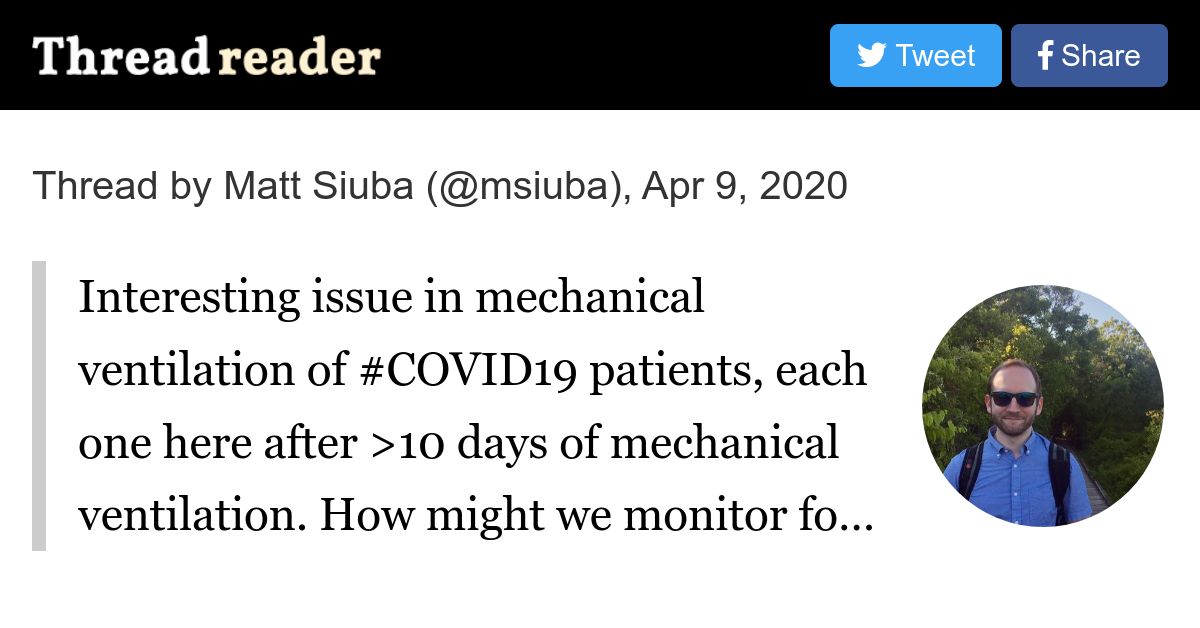- Joined
- Jun 23, 2005
- Messages
- 337
- Reaction score
- 9
Thoughts on the following case:
Morbidly obese patient in ICU, thick neck+Covid, respiratory failure, high vent settings (20 PEEP, 70% FiO2). Called by ICU attending to exchange ETT because it becomes kinked when turning the patient prone, and randomly when turning the patient's head in certain directions when supine. Patient also with severe angioedema of the tongue, which is protruding several centimeters from the mouth, firm, immobile, making access to the oropharynx impossible. Patient has been in ICU for 3 weeks. Obviously, an invasive airway is indicated, but the ENT docs are not doing trachs on these patients. I recommended giving a course of steroids to see if the tongue swelling will go down, and reassess at a later date. My fear with proceeding with tube exchange, given the level of tongue swelling, is that we will have trouble advancing a new tube into the airway, given the circumstances, and with the high vent settings, there is no room for error, and no backup plan. Thoughts?
Morbidly obese patient in ICU, thick neck+Covid, respiratory failure, high vent settings (20 PEEP, 70% FiO2). Called by ICU attending to exchange ETT because it becomes kinked when turning the patient prone, and randomly when turning the patient's head in certain directions when supine. Patient also with severe angioedema of the tongue, which is protruding several centimeters from the mouth, firm, immobile, making access to the oropharynx impossible. Patient has been in ICU for 3 weeks. Obviously, an invasive airway is indicated, but the ENT docs are not doing trachs on these patients. I recommended giving a course of steroids to see if the tongue swelling will go down, and reassess at a later date. My fear with proceeding with tube exchange, given the level of tongue swelling, is that we will have trouble advancing a new tube into the airway, given the circumstances, and with the high vent settings, there is no room for error, and no backup plan. Thoughts?


